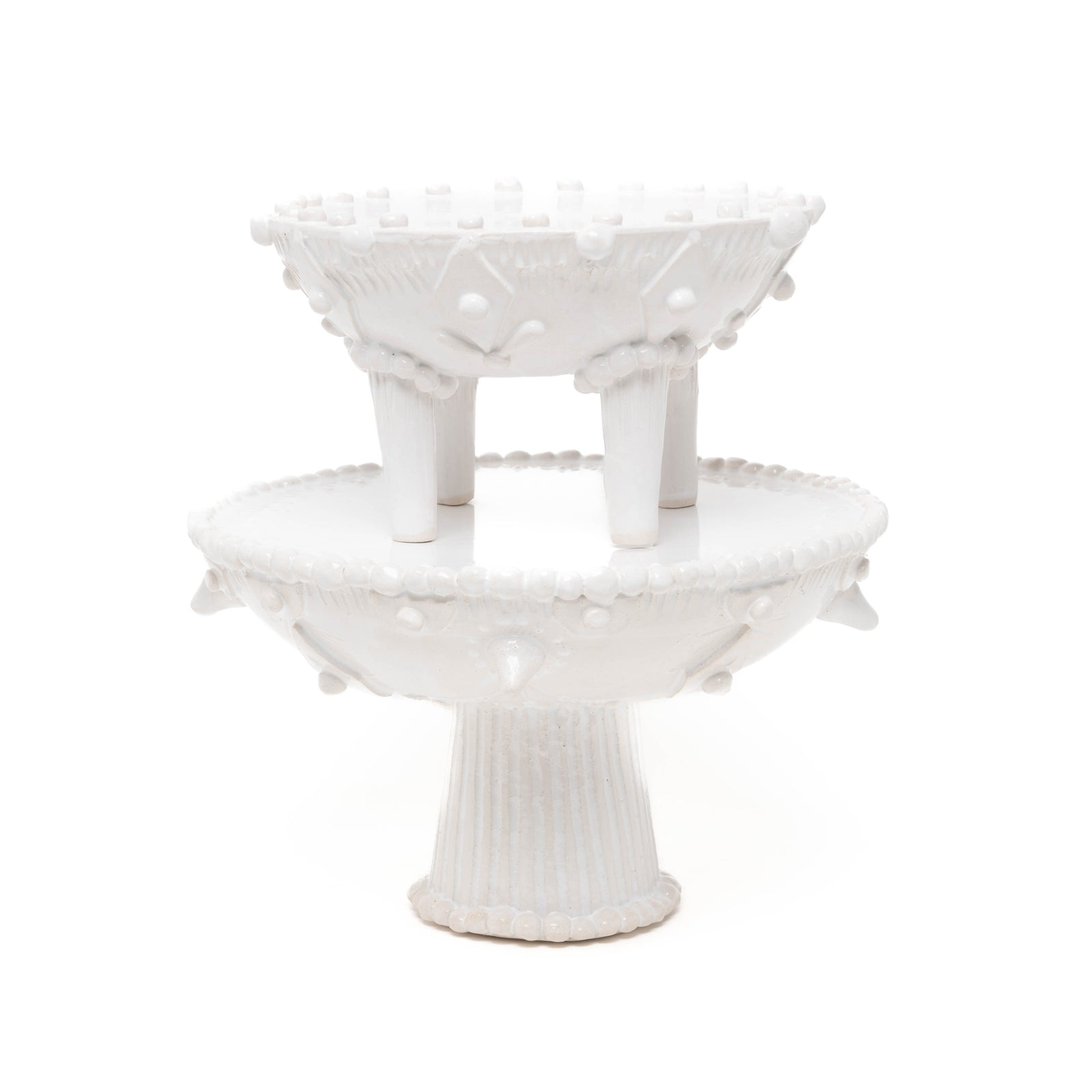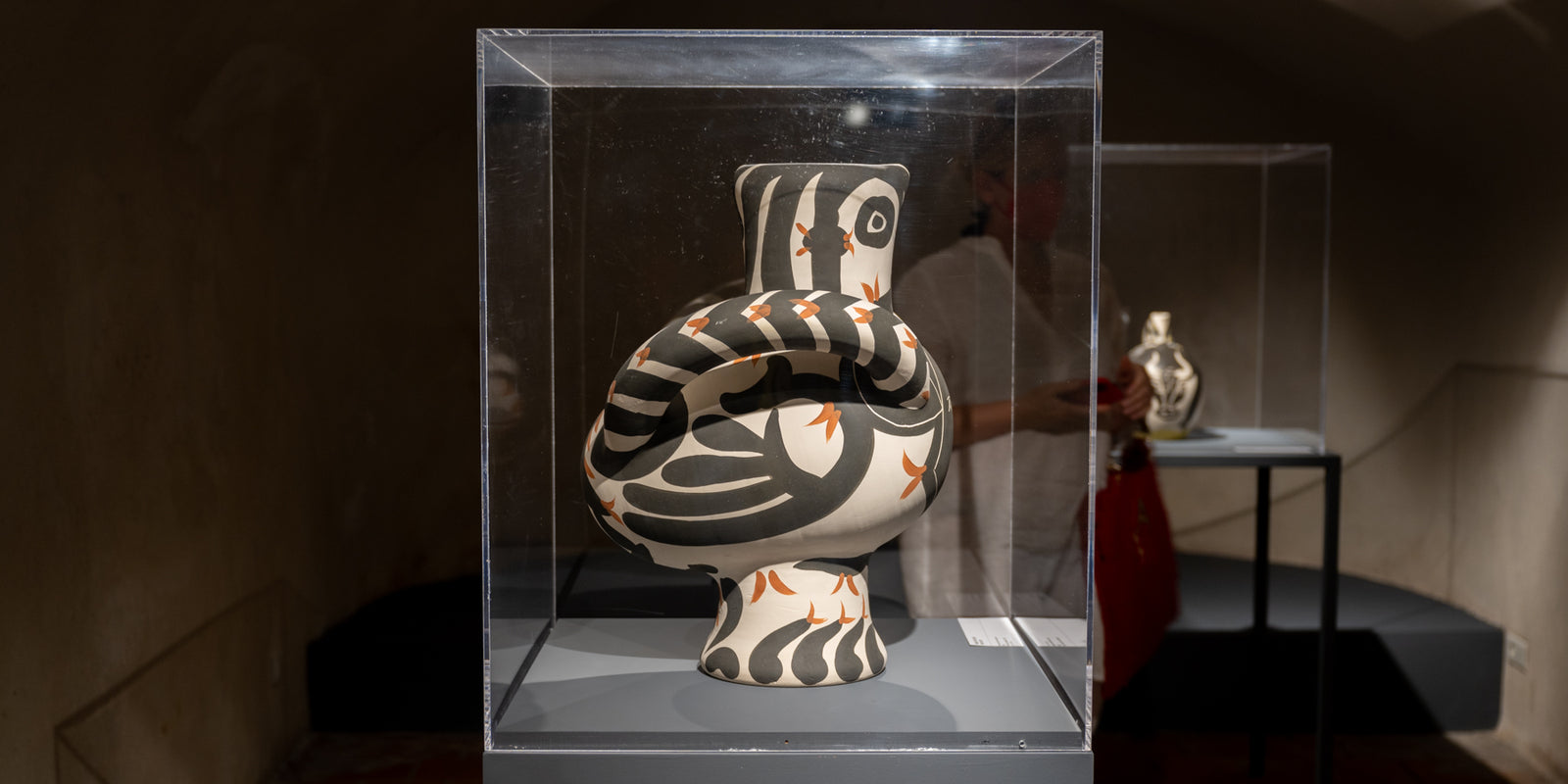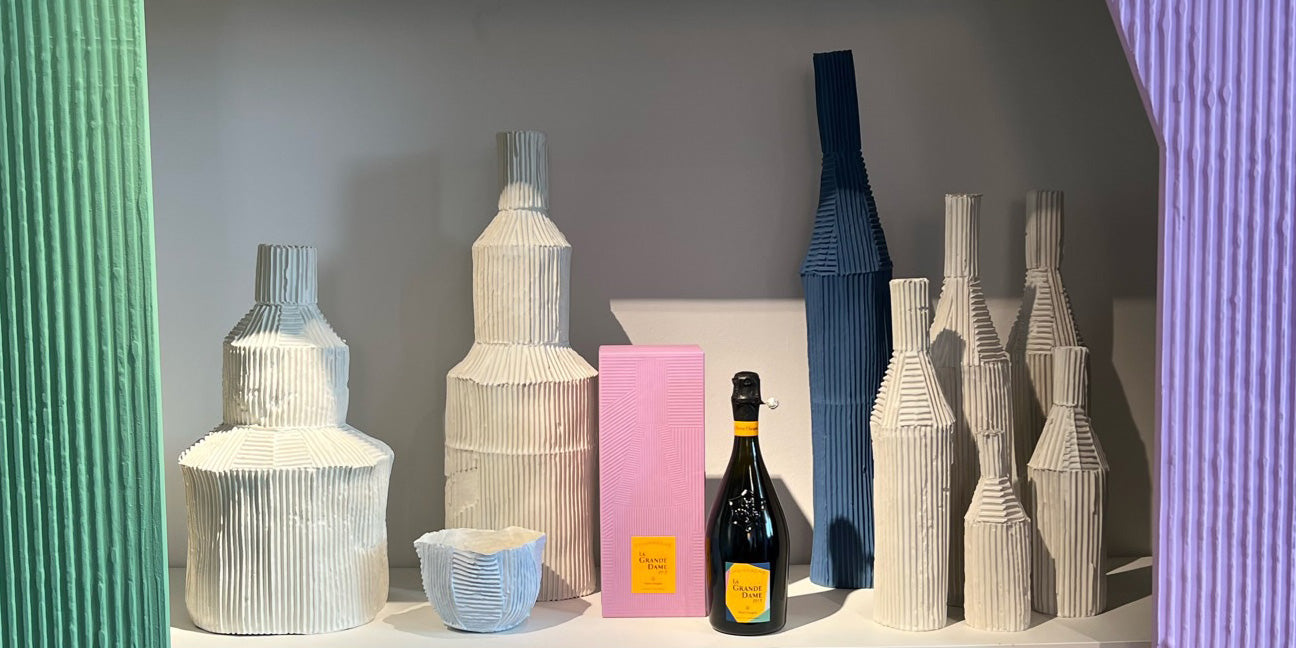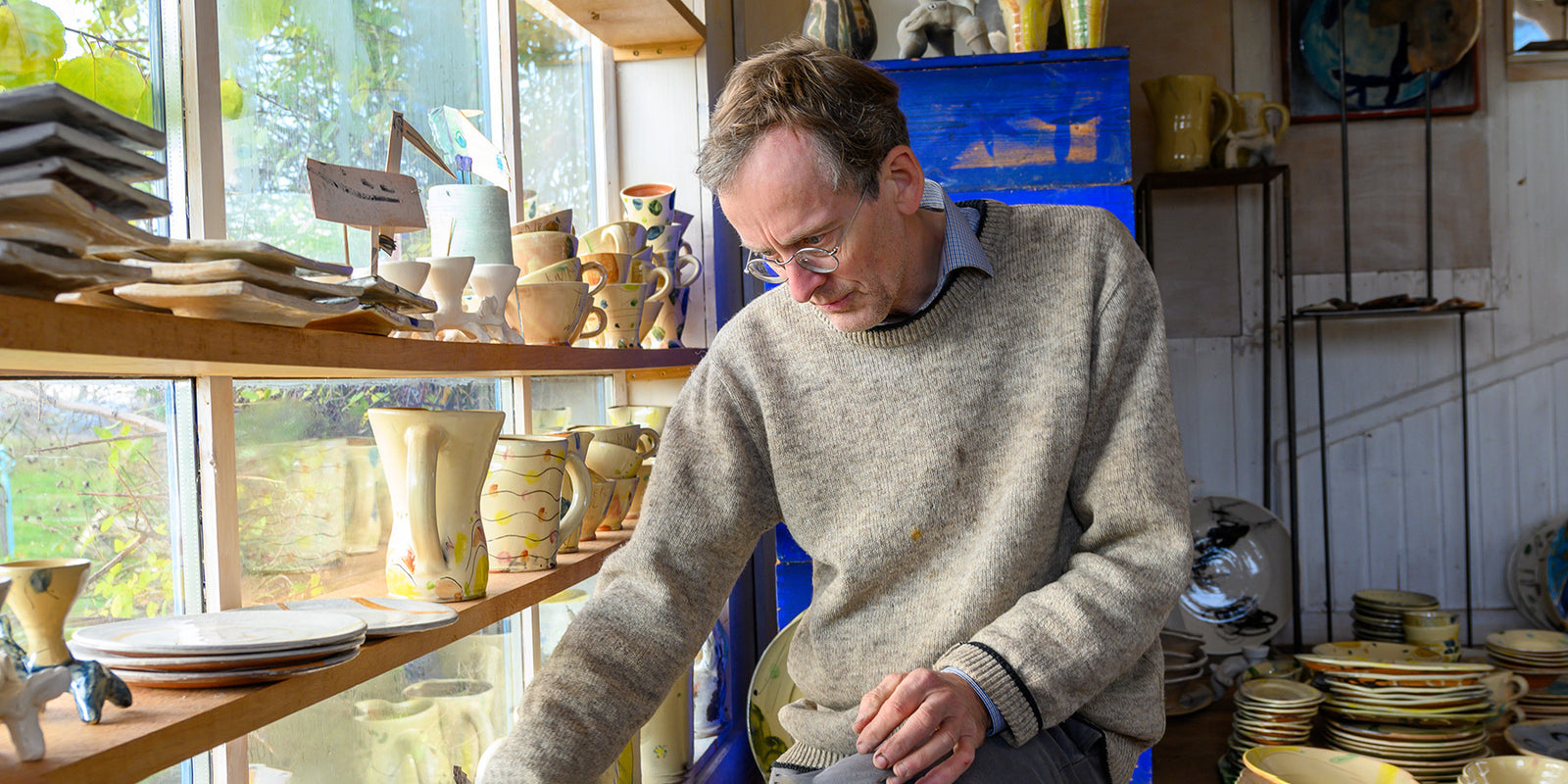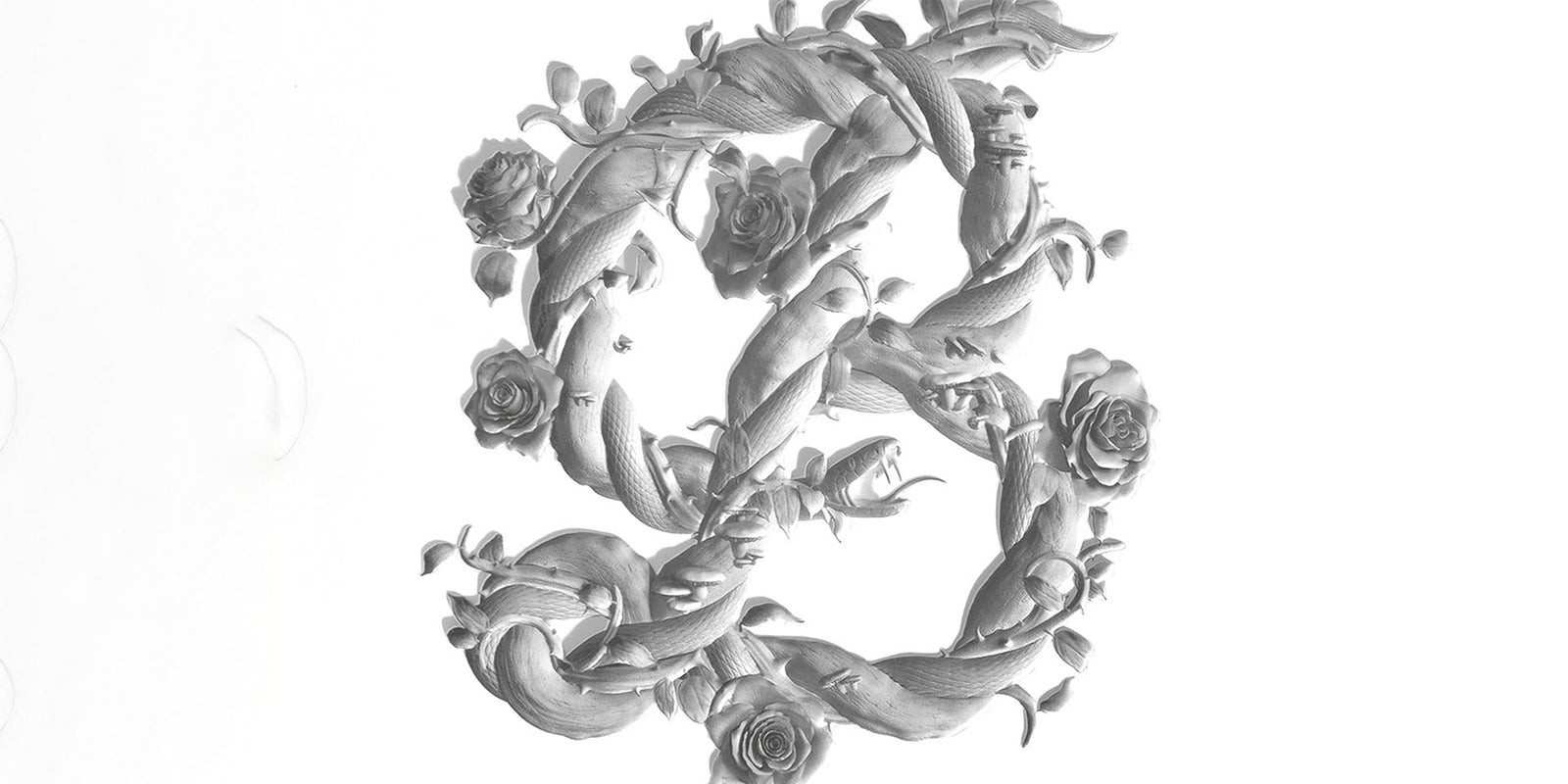Located on the French Riviera, the commune of Vallauris has a long tradition of pottery due to its clay-rich soil. Initially known for producing functional ceramics, the city saw the emergence of a traditional production of art ceramics at the end of the 19th century. The port city reached its peak when Picasso decided to devote himself to ceramics in 1948, which opened up a new creative perspective for him and attracted a worldwide audience.

Picasso, one of the greatest artistic geniuses of all time, is known worldwide for his paintings, drawings, and cubist pictures and sculptures. Much less well-known are his numerous ceramics, which are often considered secondary, but which represent an enormous body of work with which he wanted to challenge and overcome the existing art system. These ceramics were created in a creative process similar to the one he pursued with his sculptures and paintings. They are not just a by-product of his artistic activity, but on the contrary, a means that offered his creativity more complete possibilities of expression and are fundamental to the understanding of his overall work.

The artist made his first attempts at ceramics when he visited the annual exhibition of potters in Vallauris and met Suzanne and Georges Ramié, who worked in the Madoura studio. Great names like Roger Collet, Gilbert Portanier, Roger Capron, and Jean Derval had already settled there, and ceramics experienced its "golden age" in Vallauris in the 1950s.

Picasso's presence would significantly reinforce this movement. The popularity of the painter attracted a variety of curious onlookers and art lovers, and the thriving Vallauris enjoyed a worldwide audience. A collaboration began between Picasso and the Madoura studio, which resulted in around 4000 original works ranging from sculptures to plates and vases. This collaboration lasted more than 20 years. Although Picasso moved to Cannes in 1955 and Mougins in 1961, the Madoura studio continued to bring him pieces to decorate at home.
Picasso's ceramic works are a strange combination of painting, sculpture, and object reinterpretation. He played with all kinds of shapes and styles and used a variety of tools and techniques. He spent a lot of time decorating plates and vases with his favorite themes such as bullfighting, women and birds. Objects that were made on the pottery wheel were often further processed. Through skillful twists and turns, they transformed into an animal, a female nude, or a faun. Through ceramics the artist entered new territory and created highly personal forms and sculptures, emancipated from any practical logic. His ceramic works were regularly exhibited alongside those of other ceramic artists at the annual exhibitions in Vallauris.

Picasso was deeply connected to the town and the people of Vallauris. In 1951, he celebrated his 70th birthday there amid great popular acclaim in the chapel of the castle. Later, one of his biggest projects was realized there: the mural "La guerre et la Paix" - War and Peace - based on Leo Tolstoy's novel. It is now part of the Musée national Pablo Picasso, where his ceramic works are also on display.

https://musees-nationaux-alpesmaritimes.fr/picasso/

